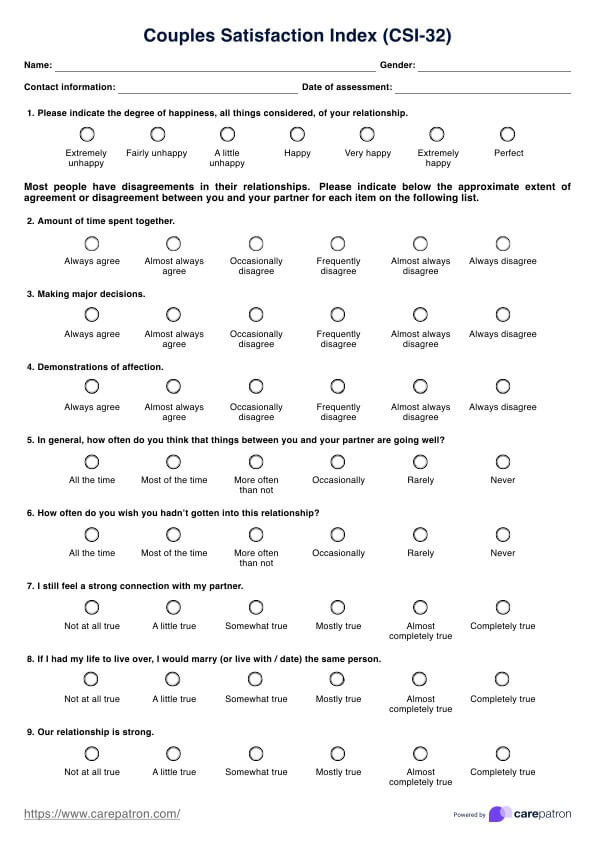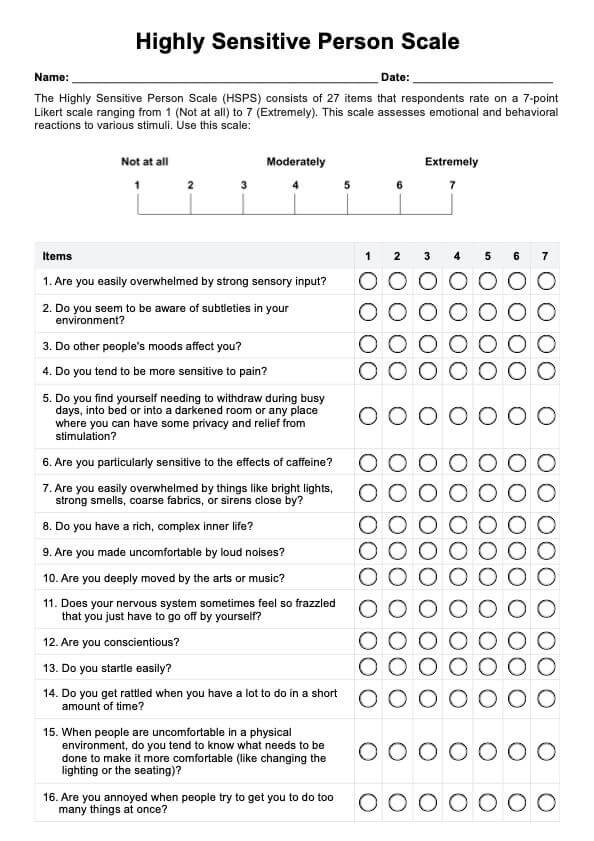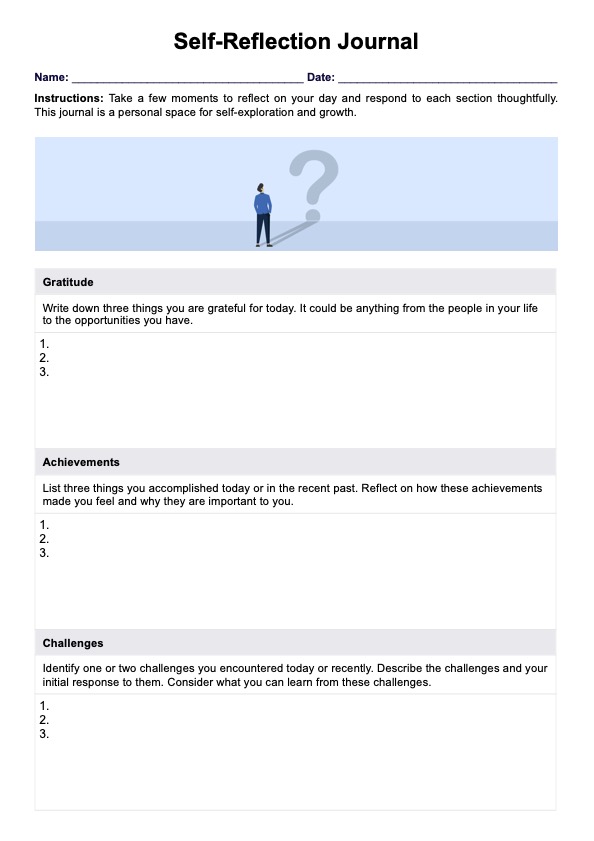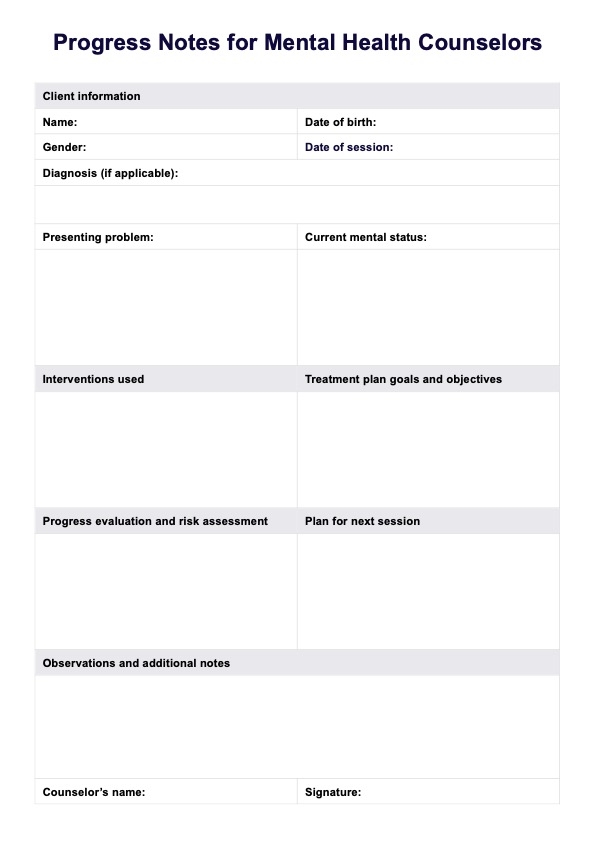Abuse Cycle Wheel
Help your patient identify potential abuse patterns in their relationship with the abuse cycle wheel. Click here for a free copy of the resource.


What is an Abuse Cycle Wheel?
The , by psychologist Lenore E. Walker, is a resource used by mental health practitioners to know and be familiar with one of the common patterns of abusive behaviors in relationships. Specifically, it gives practitioners an idea of the four stages of abuse: tension, incident, reconciliation, and calm. By knowing these stages, practitioners can better understand why abuse victims find it hard to stop or remove themselves from the cycle.
Here’s a quick elaboration of the four stages in an abuse cycle wheel.
Stage One. Tensions Build
During this stage, an abuser feels an increase in tension that can be fueled by external stressors such as stress, fatigue, family problems, etc. Victims may feel like they must calm the abuser despite the possible communication breakdown during this time.
Stage Two. Incident
Abuse, whether physical, verbal, emotional, sexual, or psychological, happens during this stage to release the abuser’s tension, help them regain power, or establish control.
Stage Three. Reconciliation
After the abusive behavior, the abuser can apologize, deny the abuse, or give excuses. In some instances, the abuser may also use kindness, gifts or perform loving gestures toward the victim.
Stage Four. Calm
Also known as the “honeymoon phase,” during this stage, it’s as if the abuse between the victim and abuser didn’t happen.
After four stages, according to the creator of the cycle, it will rinse and repeat. This means the cycle will happen repeatedly, possibly even unpredictably, until the abusive behavior ceases.
Abuse Cycle Wheel Template
Abuse Cycle Wheel Example
How does it work?
Access and Download the Template
To access and download our printable abuse cycle wheel template, you can either:
- Click the “Use Template” or “Download Template” button above
- Search the “Abuse Cycle Wheel” in Carepatron’s template library on our website or app
Use the Resource
Since the abuse cycle wheel and this template’s purpose are primarily for reference, you can use the resource for whatever you need. If you need ideas about when and how to use this template, refer to the “When would you use this Template?” section below.
Take Down Notes and Securely Store (Optional)
Want to take notes on your patient’s stories, observations, and findings? Use the provided space at the bottom of the template.
When would you use this Template?
To review
Suppose you’re a mental health professional working with patients who may be victims of domestic abuse. You can use this resource as one of the many references for the patterns of abuse and identify if this specific pattern applies to the patient’s situation.
To explain
The abuse cycle wheel can also be used to explain to the patient or make them aware of what they are experiencing or have experienced.
However, note that it’s essential to let the patient know that the pattern may change and that having this knowledge doesn’t mean it’s their fault or their responsibility to predict the abuser's actions.
To take down notes
You can make the most of the template by using it as a document to write down any notes, findings, or observations during your session with your patient. You may also use it as a main resource where you and fellow practitioners can attach test results and prescriptions for future reference.
Benefits
Standardization
Because a single entity created the abuse cycle wheel, it’s no doubt standardized, making it easy for mental health practitioners and other practitioners who will use the resource without further instructions needed. If they’ve studied or encountered it before, they're familiar with the content if one mentions it.
Encourages patient-doctor communication
Sometimes a patient may be hesitant to share their experience, especially if they’re unaware it’s happening or has happened. One way to prompt a sharing experience, answer, or conversation is by showing them the abuse cycle wheel and asking questions about the written behavior.
It’s important to note here, however, that the patient must consent and be comfortable with sharing their experience.
Insight into your patient’s situation
Even though the abuse cycle wheel is only one of the many patterns of abuse, it’s still a helpful resource, especially if the patient’s abuser shows patterns of behavior similar to the ones on the wheel.
Early recognition
One of the most important purposes of the free abuse cycle wheel template is that it can be a resource or reference that can help practitioners and patients recognize abusive behavior. Early recognition may just be exactly what the patient needs to seek help or leave their relationship.
Research & Evidence
According to practitioners and researchers, despite its usefulness, the abuse cycle wheel has limitations and flaws that users of the resource must be aware of.
If one would use it as a sole basis to detect signs of abuse, one wouldn’t only be unable to catch abusive patterns that deviate from the cycle, but one would also deem experiences of abuse that don’t follow the cycle as invalid. To add, the abuse cycle wheel must be modified to consider other genders/sexualities and other forms of abuse.
It’s also important to note that a practitioner must be careful when using this resource as it may lead to victim blaming or give the idea that one can predict when the abuse will happen.
Commonly asked questions
Generally, mental health practitioners are the ones who use the abuse cycle wheel during their therapy sessions.
Practitioners who provide therapy for victims and survivors of abuse may use the abuse cycle wheel during their sessions or when they suspect their patient is on the receiving end of abusive behavior.
The abuse cycle wheel template we created can be used as a reference, an educational resource, or a document on which one can write notes on.


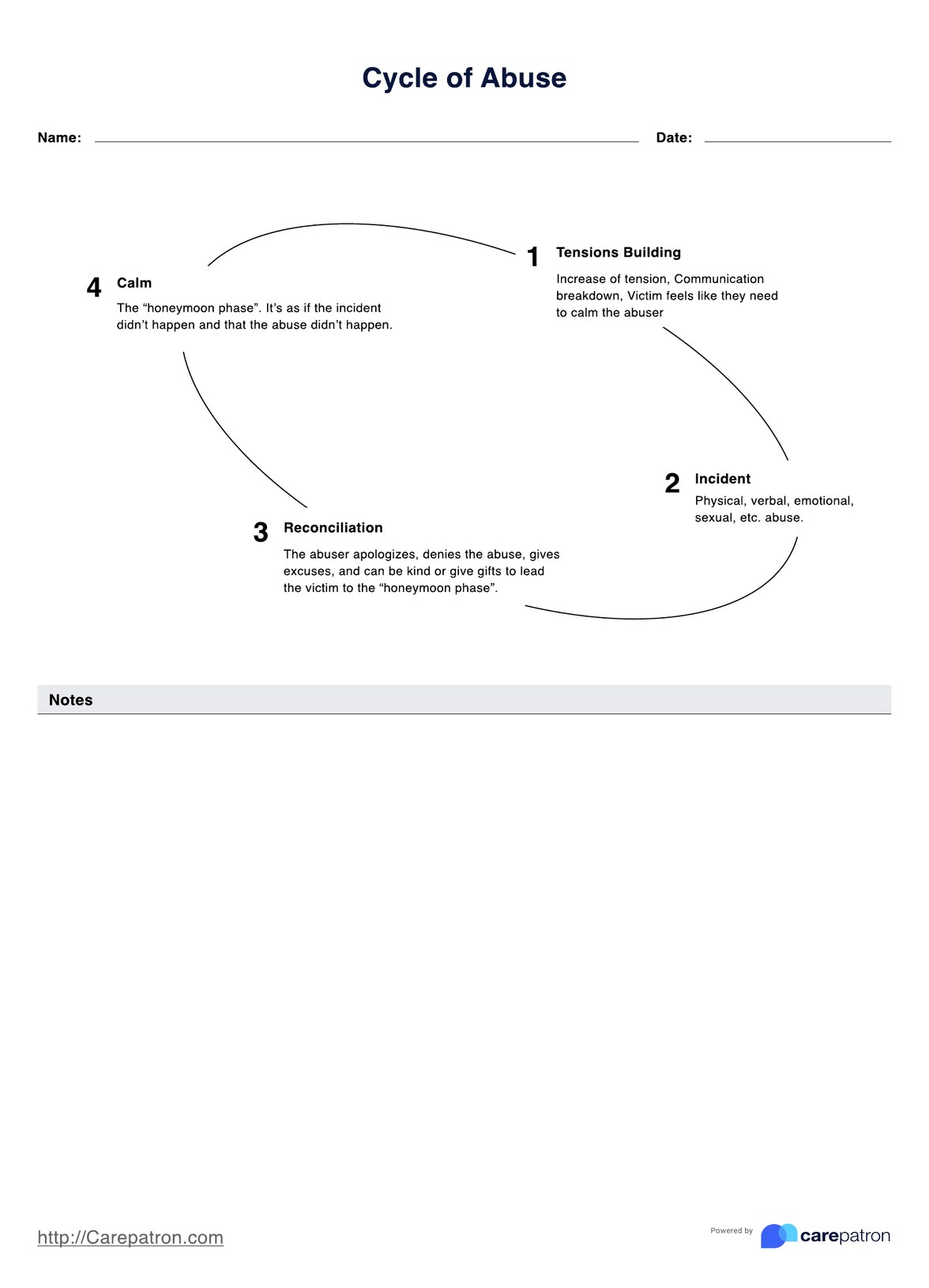
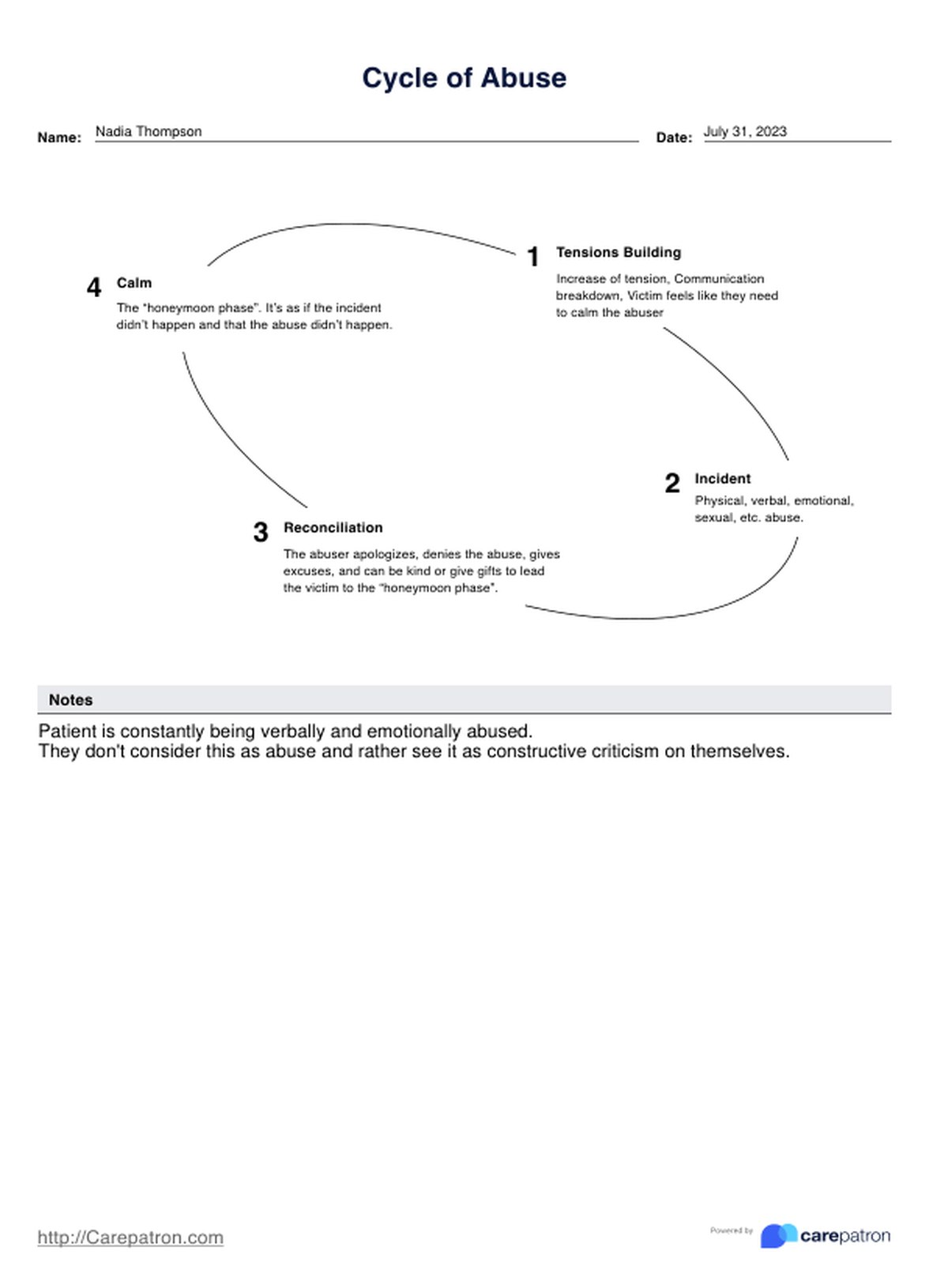

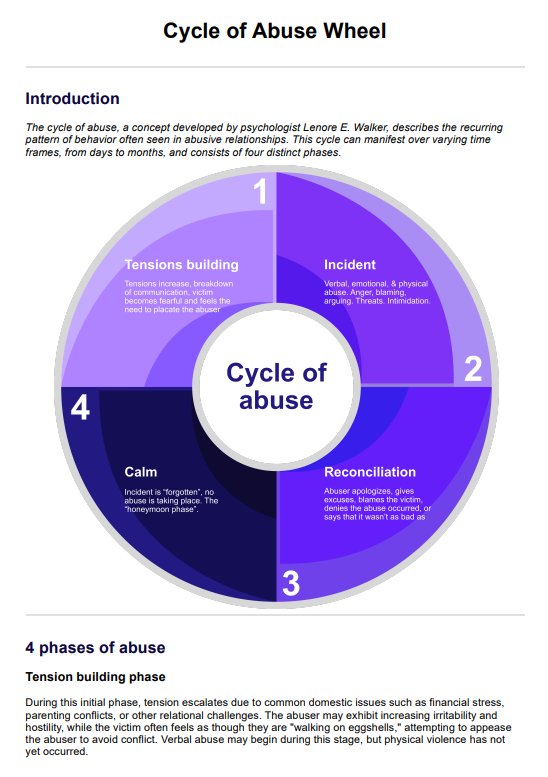

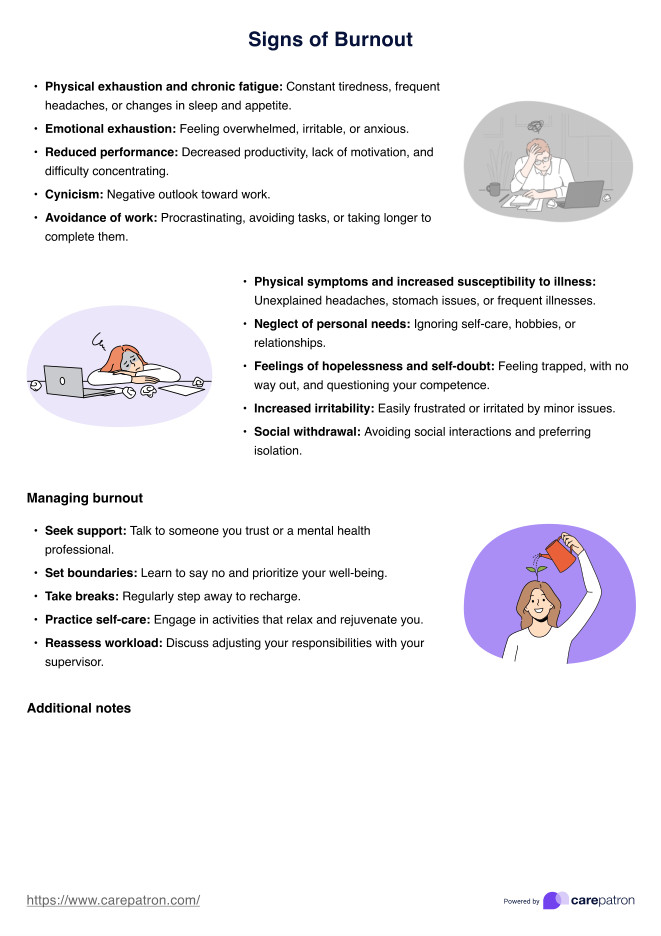
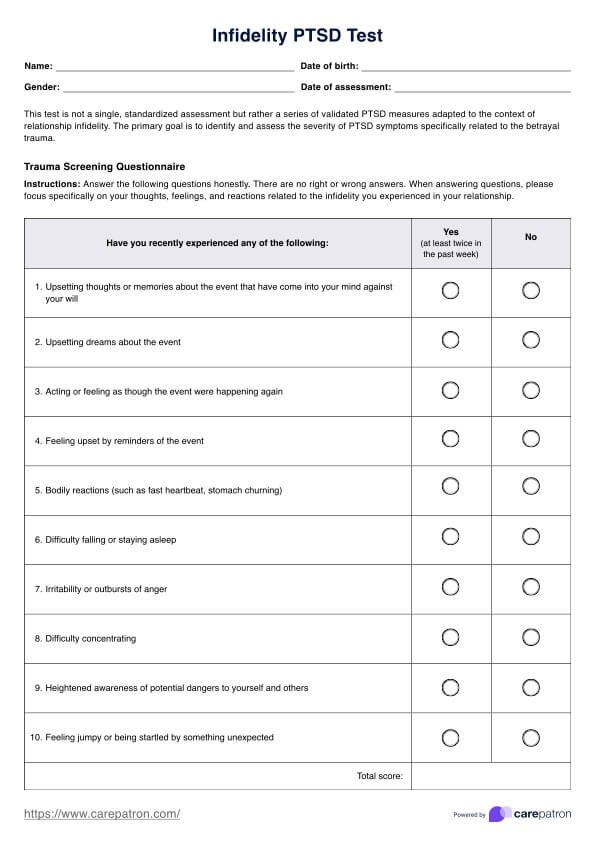









-template.jpg)










































































